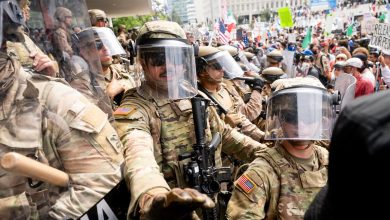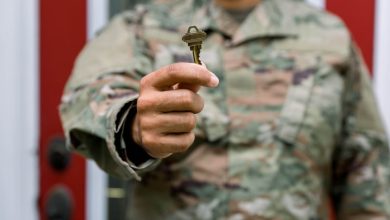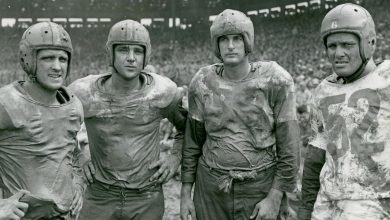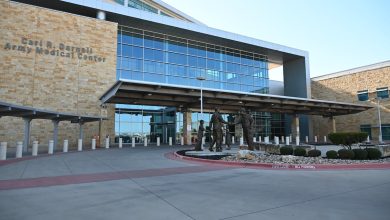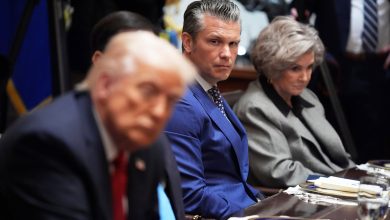Anduril’s drone wingman begins flight tests

The second of the U.S. Air Force’s two prototype drone wingmen, known as collaborative combat aircraft, began flight testing Friday, the service said.
Anduril’s YFQ-44A drone carried out its first flight at an unidentified California test location Friday, the Air Force said. It follows the first flight of its General Atomics-made counterpart, the YFQ-42A, which took place in August.
“This milestone demonstrates how competition drives innovation and accelerates delivery,” Air Force Secretary Troy Meink said in a statement. “These flights are giving us the hard data we need to shape requirements, reduce risk, and ensure the CCA program delivers combat capability on a pace and scale that keeps us ahead of the threat.”
The Air Force wants to create a fleet of at least 1,000 artificial intellgence-driven, semiautonomous CCAs to fly alongside manned aircraft such as the F-22, F-35 and sixth-generation F-47 fighter jets. The service sees these drones as an affordable way to extend the reach and effectiveness of its fighter fleet, and wants them to carry out a variety of missions including strikes, reconnaissance operations and electronic warfare.
The Air Force selected the two companies for the first CCA contracts in April 2024, and both production-representative prototype models began ground testing in May 2025. The service plans to make a decision on which of these two CCAs to send into production this fiscal year.
Anduril officials said at the Air & Space Forces Association’s conference in September that it was working to ensure its CCA’s first flight would be semiautonomous, not remotely piloted. This meant Anduril’s engineers had to take more time to get its autonomy software right, officials said, but they predicted achieving that step early would allow it to move through testing faster than expected.
“Through flight testing, Anduril and the Air Force are developing those collaborative, manned-unmanned teaming concepts and tactics that will inform how we integrate, fight with, and sustain truly autonomous aircraft,” Jason Levin, Anduril’s senior vice president of engineering for air dominance and strike, said in a company release Friday.
Levin said all of Anduril’s taxi and flight tests of the YFQ-44A have been, and will be, semiautonomous.
“This is a new age of air power,” Levin said. “There is no operator with a stick and throttle flying the aircraft behind the scenes.”
Anduril said it has now gone from a clean-sheet design to flight testing of the CCA in 556 days, less than two years.
Stephen Losey is the air warfare reporter for Defense News. He previously covered leadership and personnel issues at Air Force Times, and the Pentagon, special operations and air warfare at Military.com. He has traveled to the Middle East to cover U.S. Air Force operations.
Read the full article here




